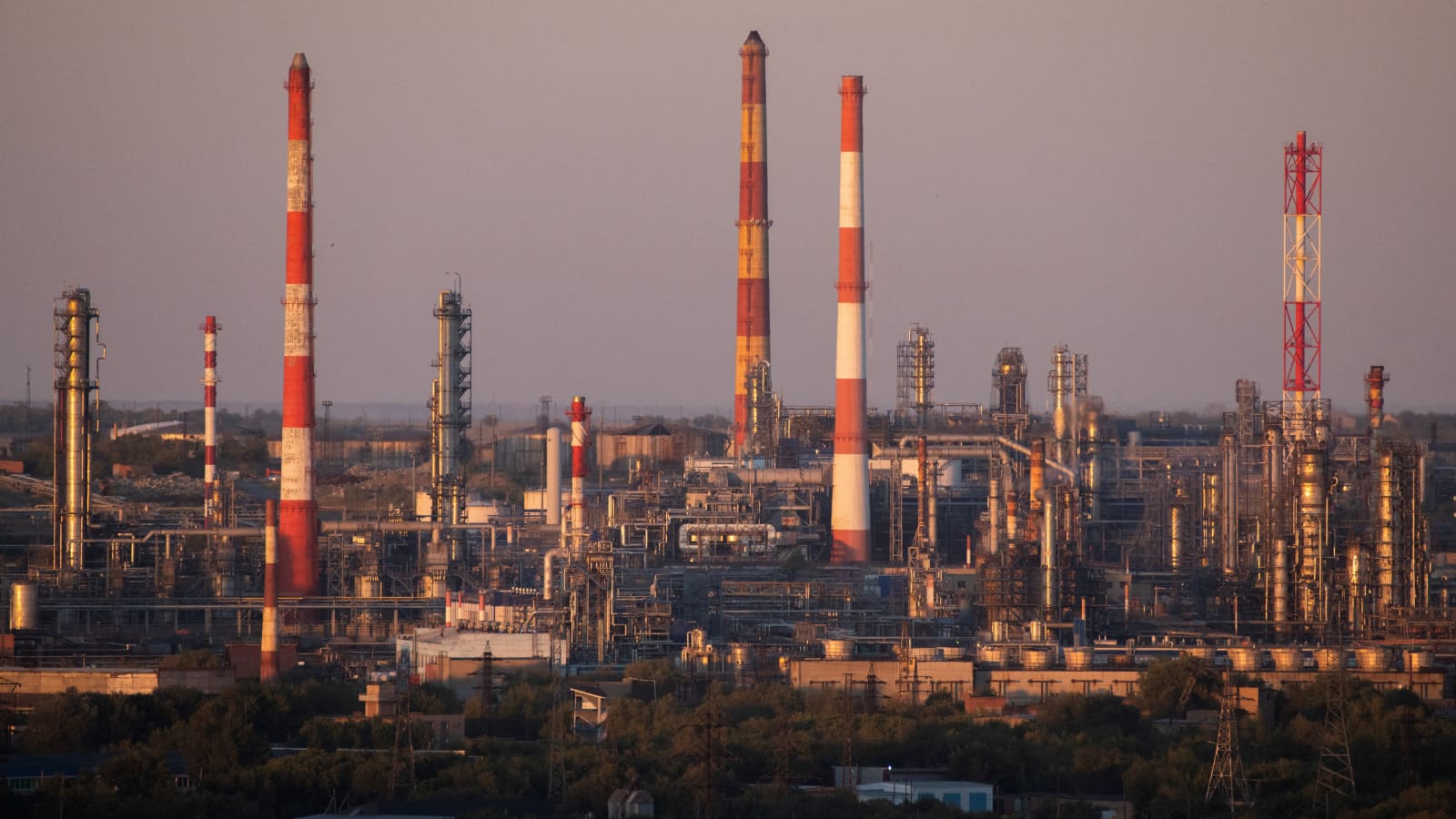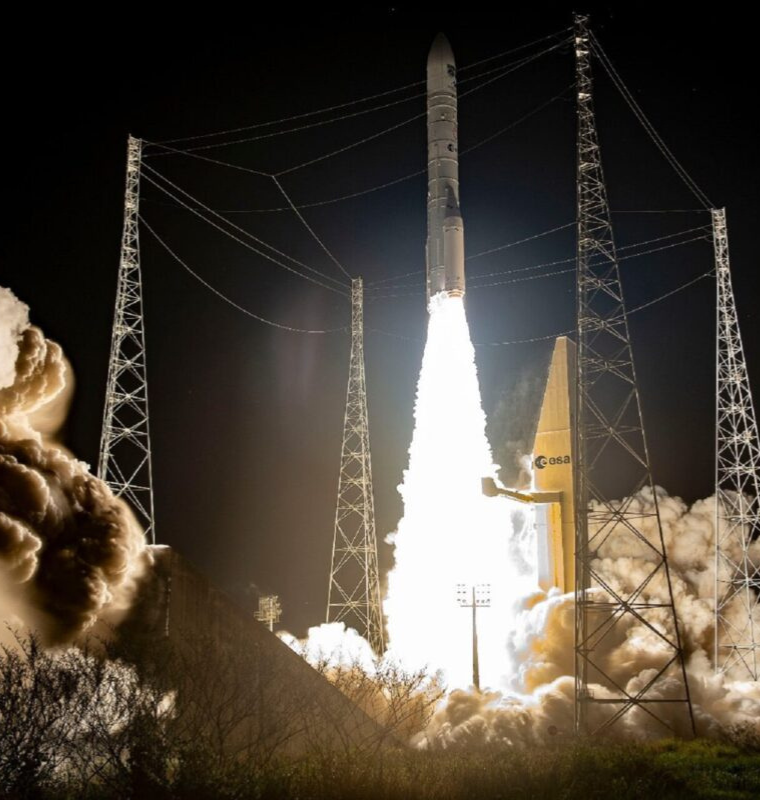U.S. Sanctions on Russian Oil Giants Set to Disrupt Asia’s Energy Lifeline
U.S. Sanctions on Russian Oil Giants Set to Disrupt Asia’s Energy Lifeline
By
Rachel Steinberg
Last updated:
October 24, 2025
First Published:
October 24, 2025

General view of Orsknefteorgsintez oil refinery in the city of Orsk, Orenburg region, Russia Aug. 28, 2025. | Stringer | Reuters
The Biden administration’s new sanctions on Russia’s two largest oil producers—Rosneft and Lukoil—are expected to send ripples through global energy markets, with Asia, particularly China and India, facing the biggest disruptions. The move, announced by the U.S. Treasury Department this week, marks Washington’s most direct attempt yet to cut off Moscow’s war revenues from oil exports, which have been a financial lifeline amid the Ukraine conflict.
Sanctions Designed to Hit Moscow Hard — But Slowly
The Treasury Department cited Russia’s “lack of serious commitment” to ending its invasion of Ukraine as the reason for expanding sanctions to include its oil behemoths. Rosneft and Lukoil together account for nearly 50% of Russia’s 4.2 million barrels per day (bpd) in crude exports, according to data from Vanda Insights.
To prevent immediate turmoil in the oil markets, companies have until November 21 to wrap up or terminate existing contracts with these entities. Energy analysts see this as an attempt to strike a balance between limiting Russia’s oil revenues and avoiding a global supply shock that could send crude prices soaring past $100 per barrel.
“This is a measured escalation,” said Bob McNally, president of Rapidan Energy Group. “Washington wants to hurt Russia’s oil income without causing a spike that would hit consumers and allies alike.”
China and India in the Crosshairs
Asia has been the key destination for Russian crude since Western nations imposed a $60 per barrel price cap in late 2022. China imported roughly 2 million barrels per day of Russian oil in September 2024, while India took in about 1.6 million barrels per day, according to Kpler data.
However, the new sanctions threaten to choke these flows. Energy analysts at Kpler estimate that more than 70% of India’s Russian oil imports are tied to Rosneft, directly or through intermediaries. Major state-run refiners such as Indian Oil, Bharat Petroleum, Hindustan Petroleum, and private companies like Reliance Industries and ONGC could be forced to rework their supply chains.
Rosneft’s 49% ownership of Nayara Energy Ltd., which runs the Vadinar refinery in Gujarat, adds another layer of complexity. Sanctions could hamper its ability to sell refined products overseas or pay suppliers, creating potential bottlenecks in domestic fuel availability.
China, meanwhile, faces fewer short-term issues due to its long-term pipeline supply agreements with Rosneft through the China National Petroleum Corporation (CNPC). However, Chinese refiners are expected to tread carefully on seaborne crude linked to either Rosneft or Lukoil to avoid falling foul of secondary sanctions.
“A Potential Turning Point” for Global Oil Trade
“This could mark a major shift in the global oil supply landscape,” said Muyu Xu, senior analyst at Kpler. “If China and India reduce purchases, it will force Russia to sell more oil through the so-called ‘shadow fleet’—ships and traders operating under opaque ownership and insurance structures.”
That transition, however, comes with costs. Payments may have to move through non-dollar systems, shipping insurance premiums could spike, and delivery times may increase—pushing up prices globally.
Oil prices jumped nearly 5% overnight following the sanctions announcement. Brent crude climbed to $64.91 a barrel, while West Texas Intermediate (WTI) rose to $60.80 as of Thursday morning, according to market data. Analysts warn that if Asian demand shifts to non-sanctioned sources, such as the Middle East or the U.S., prices could rise further due to tightening global supplies.
India and China Search for Alternatives
India is reportedly reviewing all import documentation to ensure compliance with the sanctions, Reuters reported Thursday. Several refiners are already in talks with Middle Eastern suppliers to fill potential shortfalls.
“India will likely have to walk away from some of its term contracts with Russian suppliers,” said Emma Li, analyst at Vortexa. “Saudi Arabia and the UAE have spare capacity, but higher demand for non-sanctioned oil will inevitably push prices up.”
China’s refiners are expected to adopt a more cautious “wait-and-see” approach. With a diversified import base that includes Saudi Arabia, Angola, and Brazil, Beijing is better positioned to absorb short-term disruptions—but it remains dependent on discounted Russian crude to maintain refinery margins.
Strategic Implications for Washington and Moscow
The sanctions come at a critical time for both Washington and Moscow. For the U.S., it’s a message of resolve: that Russia’s oil profits, which fund roughly 30% of its federal budget, will no longer be tolerated as the war drags on. For Russia, the blow could push its oil exports further underground, forcing reliance on a network of traders and insurers operating outside Western oversight.
“This is as high-profile as it gets, and Washington cannot afford to appear weak,” said Vandana Hari, founder of Vanda Insights. “But the real question is how long this hardline approach will last. A single shift in geopolitical winds could change everything.”
The Bottom Line
The U.S. sanctions on Rosneft and Lukoil are unlikely to cause an immediate collapse in Russian oil flows, but they have injected new uncertainty into global energy markets. China and India—Moscow’s biggest customers—now face a tough balancing act: maintain access to cheap Russian crude or risk straining relations with Washington.
Either way, the world’s two fastest-growing economies could soon find themselves paying more for energy, while Russia scrambles to keep its barrels flowing through an increasingly constrained system.
Popular articles
Subscribe to unlock premium content
Why Mauritius Is Leading the World in Luxury Underwater Hotel Experiences

The Evolution of Mercedes-Benz From Karl Benz’s First Motorcar to Today’s Luxury and Electric Innovations

The Secret Coffee Economy of Yirgacheffe, Ethiopia, and Its Global Influence

Why Mauritius Is Leading the World in Luxury Underwater Hotel Experiences

The Evolution of Mercedes-Benz From Karl Benz’s First Motorcar to Today’s Luxury and Electric Innovations

Why Mauritius Is Leading the World in Luxury Underwater Hotel Experiences









